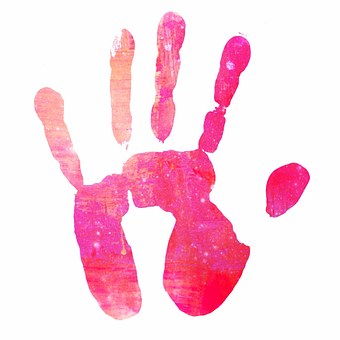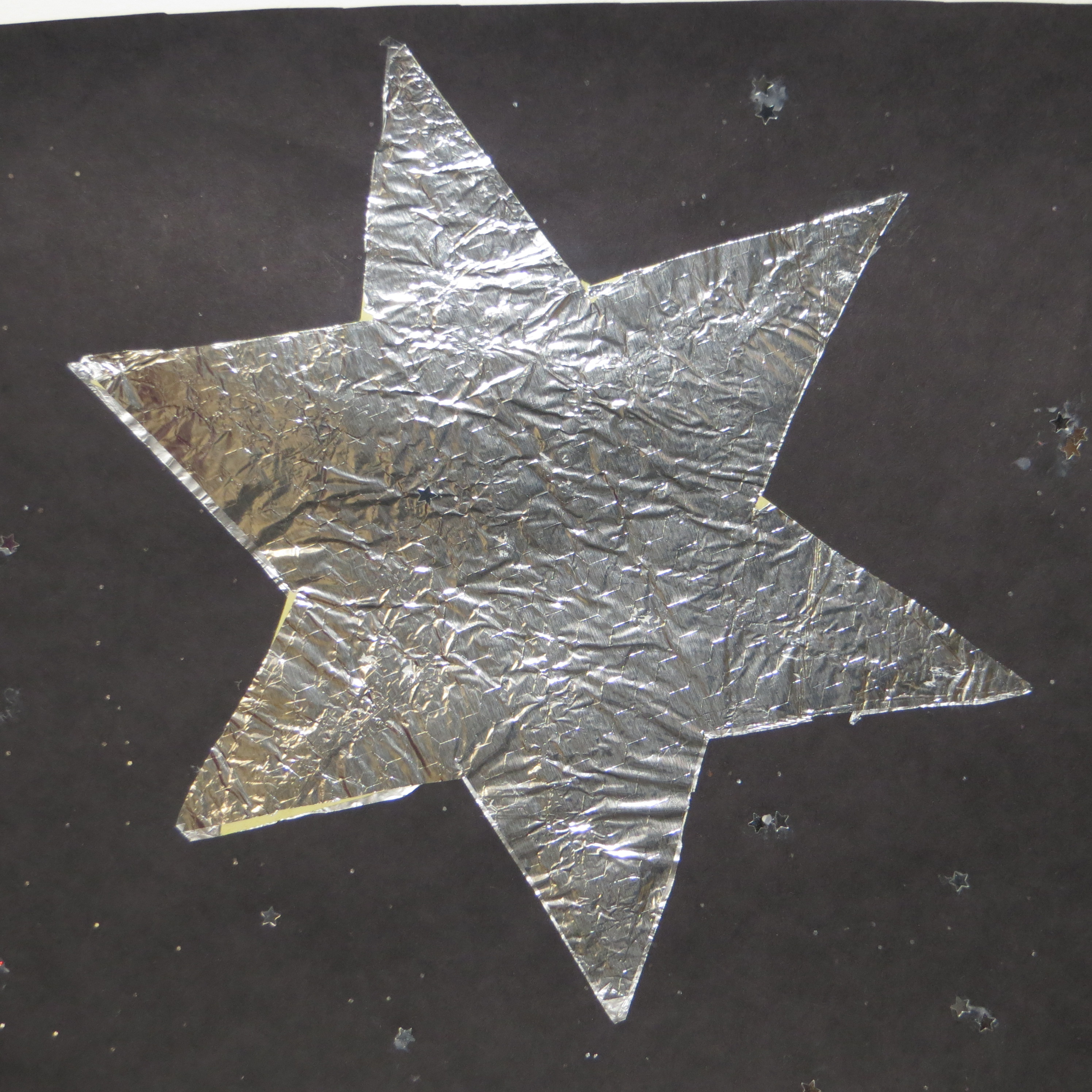Water Play
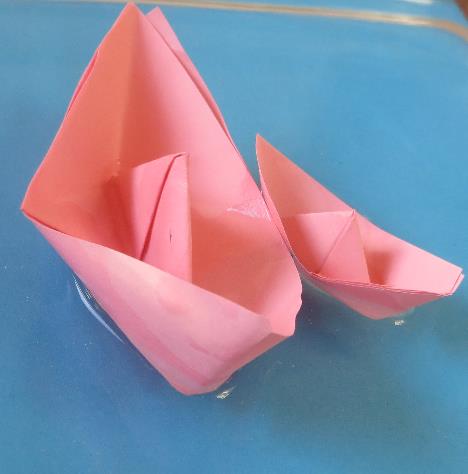
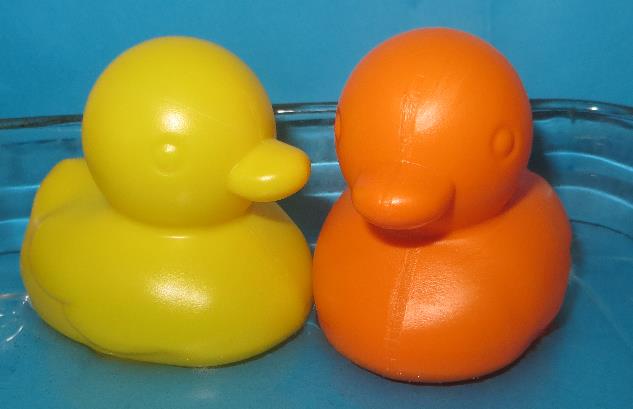
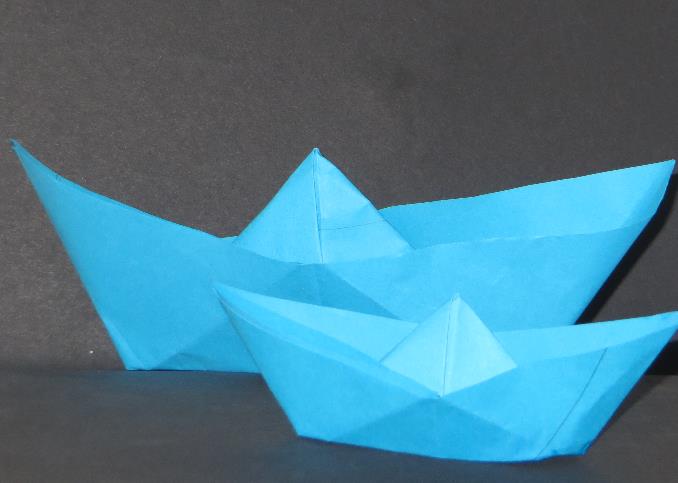
Water is the most natural substance that children can play with; they can splash and get their hands wet, they can see water flowing, the waves ebbing and ripples forming. Water play is fun and offers children opportunity to explore and have a sensory experience. Water play are endless and open-ended; they bring so much pleasure and at the same time children learn and develop skills.
When children are playing with water, ensure they are fully supervised at all times. Use only shallow tray of water for safety reasons.
Blow and catch bubbles
Blowing bubbles and catching them creates a magical experience for children. Just seeing rainbow coloured bubbles floating in the air can spark facination.
Aim of this type of play is to kindle children's facination/ curiosity and encourage movement.
Age: Under 2
Equipment: Apron, safety mat, paper towels, shallow tray
Site:Indoors or outdoors, on the floor or on a low table top
Make home made bubbles:
Ingredients:
1 cup of water
2 tbs of washing liquid
1 tbs of glycerine
Mix the ingredients together in a bowl and pour into a plastic glass
For the wand: plumbing wire with covering and straws
Bend the top part of the wire to create a small ring, then twist the long end around one end of the straw.
What to do
Blow bubbles and get the toddlers to catch and pop them.
Let the children blow bubbles, gaze and chase the bubbles.
Blow bubbles near babies and see the expression of joy.
....................................................................................................................................
Soap bubbles: Hide and seek
This activity is a hands-on activity which brings children visual pleasure and emotional joy from playing with the soapy water.
The aim is for children to explore the soapy water with their hands and discover the hidden objects in the water.
Age: Under 2
Equipment: Apron, safety mat, paper towels, shallow tray
Site: Indoors or outdoors, floor or low table top
Items: Water and shower gel(for sensitive skin), toys and shapes (large bottle tops of different colours, or various shapes of different colours)
What to do
Pour water in a shallow plastic tray, and then add shower gel to create foam - use whisk to make the bubbles
Hide some toys in the foam
Place the tray on the floor on the mat. Sit with the children and watch them engage with the soapy water.
Encourage children to emerse their hands in the soapy water
Get the children to find the hidden toys
Talk to the children during the play about the water
Introduce new words: splash, wet, waves, ripples
Describe the water: wet, bubbly, soapy
......................................................................................................................................
Sea animals
This activity is a hands-on activity which brings children visual pleasure and emotional joy from playing with the soapy water.
The aim is for children to have a sensory experience of water and explore creatures that live under the sea.
Age: Under 2
Equipment: Apron, safety mat, paper towels, transparent shallow tray
Objects: fishes, dolphins, sharks, octopus.... sea theme plastic animals,
Site: Indoors or outdoors, floor or low table top
Items: Water, blue food colouring or blue paper
What to do
Pour water in a shallow transparent tray, and then add blue food colouring to create blue sea. Alternatively, stick blue paper on the outside base of the tray and pour water to create illusion of blue sea.
Place the tray on the floor on the mat or on a low table suitable for children. Sit with the children and encourage them to put their hands in the water and get them to make movements.
Talk to the children about the water and introduce new words like, splash, wet, waves, ripples, blue, cold.
Ask children to choose the sea creature and place in the water.
Talk to the children: name and describe the creature appearance and the sounds they make.
Tell a story about the sea creatures.
Sing nursery rhyme about sea creature to reinforce their learning.
......................................................................................................................................
Sink and Float
Make the most of water play to encourage children to develop the concepts of objects that sink and float. Use textured material for sensory experience and objects that are light and heavy enough to sink.
Age: Under 2 - 5 year olds
Equipment: Apron, safety mat, paper towels, shallow tray, textured material: paper, fabric, glitter, plastic toys, boats, apples, tennis ball, sponges
Site: Indoors or outdoors, on floor or low table top
Items: Water and blue food colouring or blue paper
Objects: paper cut into different shapes, tissue paper, sponge, big crayons of different colours, plastic toys of light and heavy weight, an apple, piece of wood, big piece of ice, 4" x 4" empty containers or large round containers filled with water and placed in the freezer
What to do
Pour water in a shallow transparent tray, and then add blue food colouring to create blue sea. Alternatively, stick blue paper on the outside base of the tray and pour water to create illusion of blue sea
Let children splash water with their hands and make movements
Encourage children to describe the water: colour, wetness, temperature
Encourage children to place objects in the water that float and sink
Talk to the children during the play about the water
Introduce new words: splash, squish, float, sink, squeeze,wet, waves, ripples, drip, drop, drizzel, soak, slippery, cold, smooth, clear.
You can add blue food colouring into a small jug of water and pour it over the ice to create the blue ice affect that you see in Antarctica and the Artic.
Benefits of water play
Sensory experience will encourage children to:
Communicate by making sounds, uttering words or express themselves through facial and body language
Acquire new words
Enhance emotional well-being
Build confidence when finding hidden toys
Strengthen muscles in fingers and hands
Improve eye and hand coordination
Develop social skills: taking turns to place object in the water or learning to share the toys, playing side be side harmoniously
Learn concepts about weights and objects that sink and float
Learn about the properties of material
Water play promotes the following development:
| Areas of development | Description |
|---|---|
| Physical | Develop fine motor skills e.g. filling, pouring, emptying, stirring Developing hand/eye co-ordination e.g. filling and emptying containers of different sizes Develop wareness of the space in the water tray and be able to share it with others |
| Personal, social and emotional |
Learn how to use water safely - understand rules for water play Enjoy the sensory nature of water adding colours & other items e.g. glitter, varying temperature Talk about where water comes from Extend imagination through the addition of other resources e.g. boats, wood, sea shore items Become confident at carrying out a range of activities in the water e.g. pouring, blowing bubbles Explore personal hygiene e.g. using soap, washing dolls, clothes Work independently Co-operate, take turns and share equipment Respect ideas of others |
| Language and communicationDevelopment |
Describe the properties of water such as wet, cold Describe their actions such as pouring, emptying, splashing Learn vocabulary associated with water play Describe similarities, differences and changes such as floating or sinking Engage in role play as a fireman, plumber, adult washing clothes, dolls Sing nursery rhymes connected to water Children talk about their experiences playing with water |
| Early mathematical experiences |
Understand and use mathematical language: full/empty,
more/less, heavy/light Compare the amount of water in different containers by pouring from one to another Compare the size of containers such as big, small, large Talk about the shape of containers e.g. round, rectangle |
| Knowledge and understanding of the world |
Talk about water enviroment: rivers, pond, seaside Use sea shells, watering cans to stimulate imaginative play Talk about occupations connected with water such as fishermen, firemen, sailors Talk about animals and creatures that live in water such as fish, octopus, crocodiles Understand the importance of hygiene using the water Be aware of what happens when a lot of water gets on the floor |
| Creative development |
Observe colour change through adding paint or food dye Introduce marbling techniques Explore the effects on water by adding natural and man-made materials Create underwater world to encourage imaginative play and language Create sounds in the water e.g. blowing, splashing, waving Make musical instruments � filling bottles with water to different levels |




